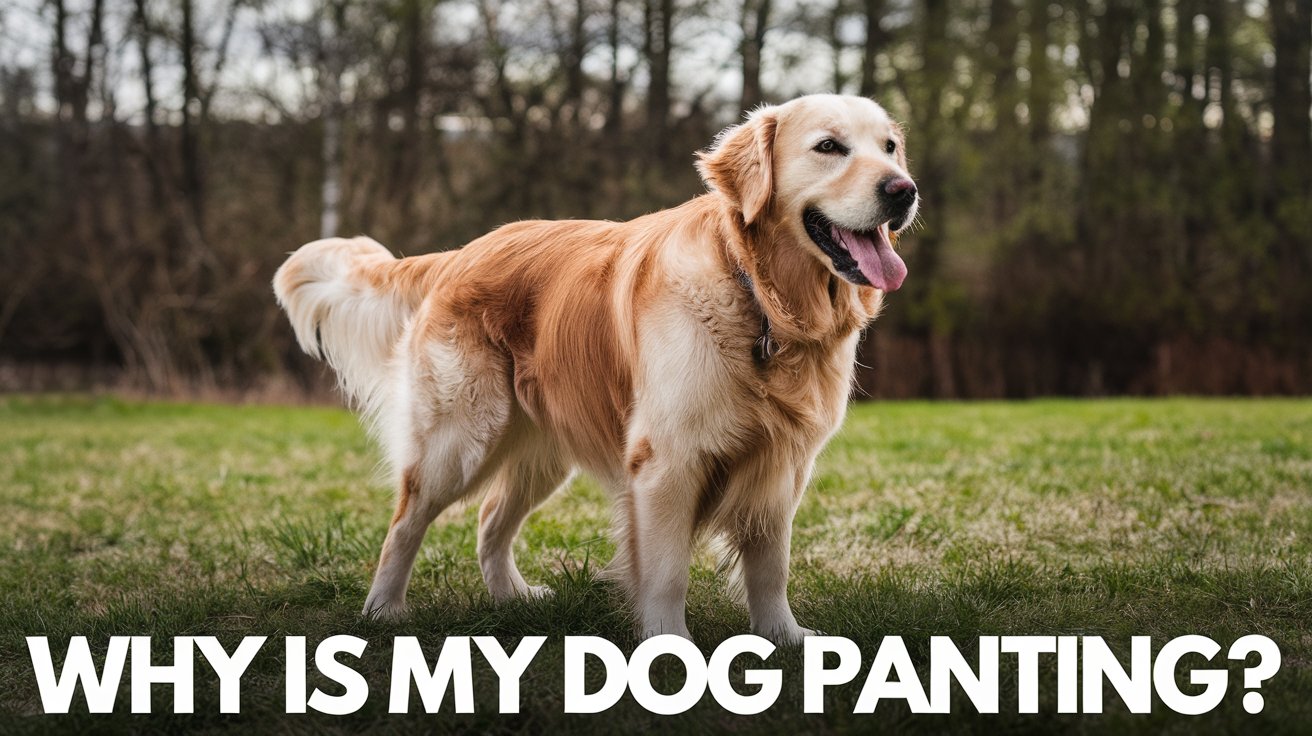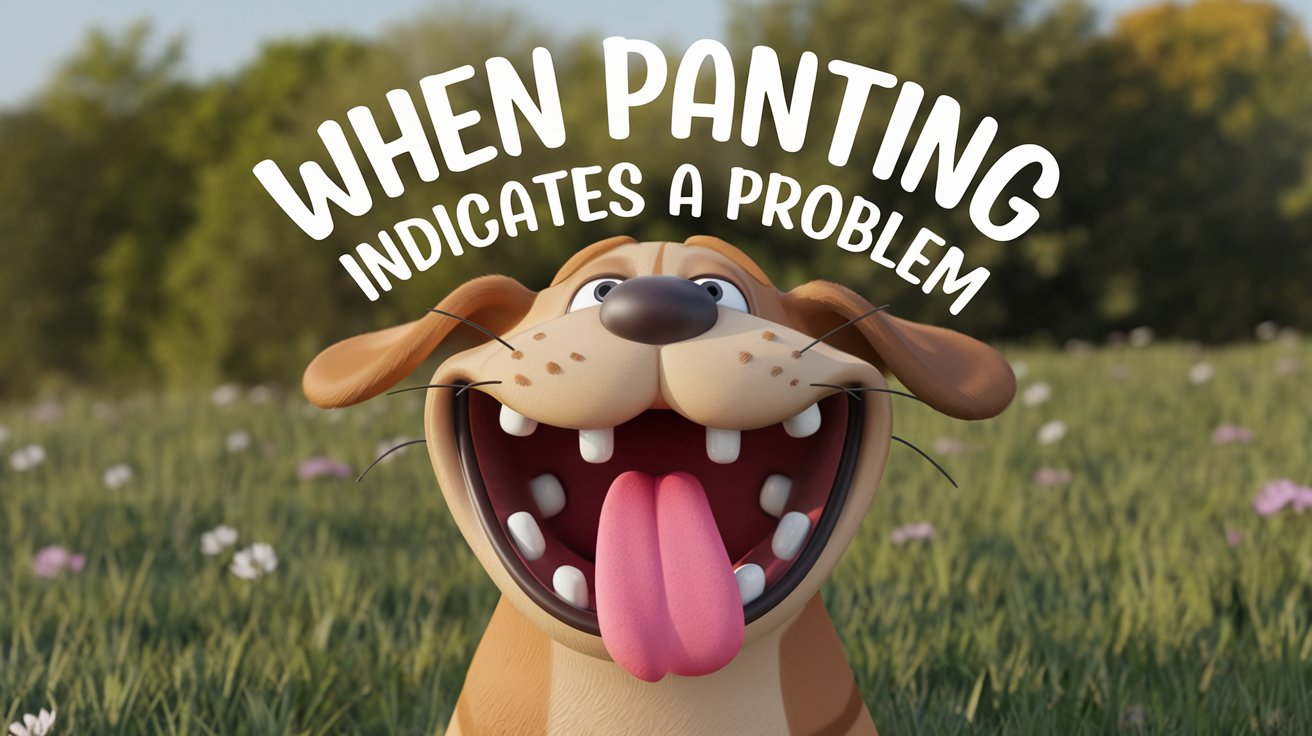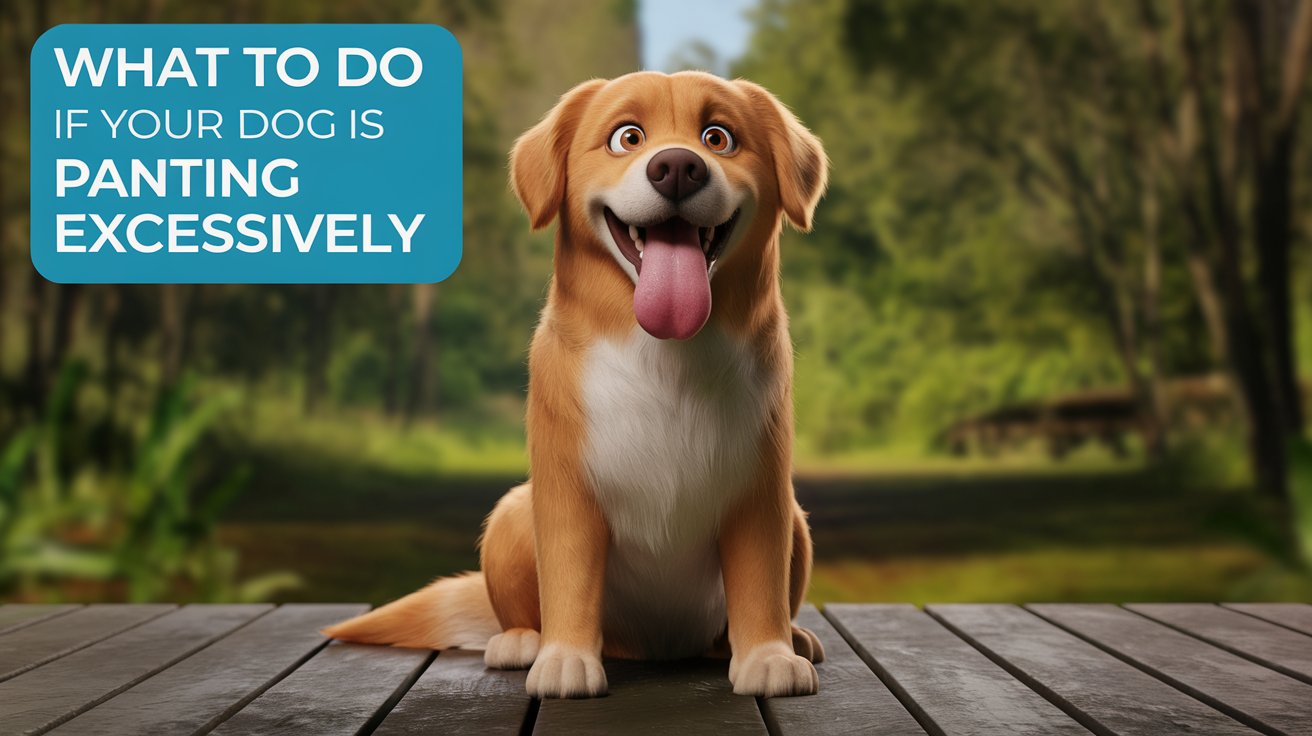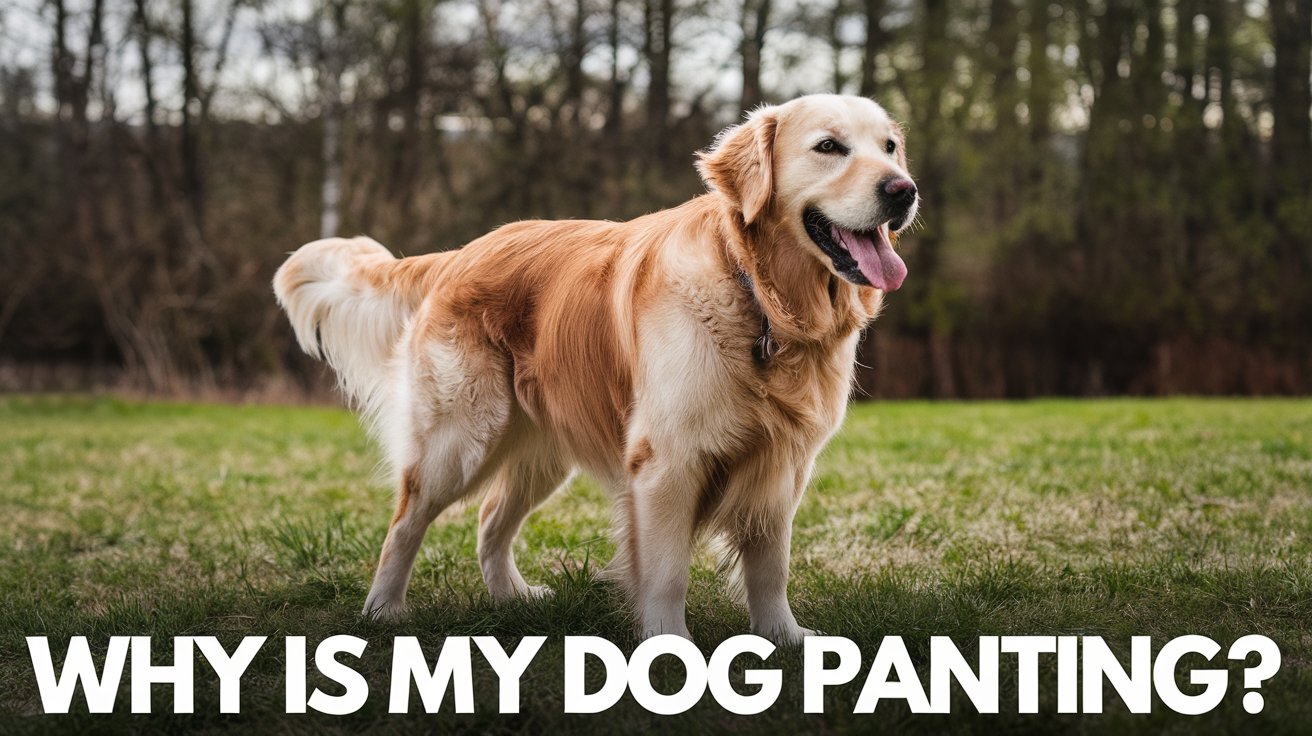
Why Is My Dog Panting?
Dogs pant for a variety of reasons, and while it’s common, understanding why your dog is panting can help ensure their health and well-being. Panting is a natural behavior in dogs, but when it becomes excessive, it might indicate underlying issues that need attention. In this article, we will explore the most common reasons why dogs pant and when you should be concerned.
Understanding Normal Panting in Dogs
Panting is a normal canine behavior. It helps dogs regulate their body temperature because they don’t sweat like humans do. Dogs sweat only through their paw pads and nose, so panting is their primary method of cooling down. After a vigorous play session, a walk on a warm day, or during excitement, it’s normal to see your dog panting.
Heat Regulation
One of the primary reasons dogs pant is to cool down. When a dog pants, it allows moisture on the tongue and the lining of the lungs to evaporate, cooling the blood that circulates through the body. This is particularly important on hot days or after exercise. If your dog is panting heavily after playing or being outdoors in the heat, this is typically normal and should subside as they cool down.
Excitement and Stress
Panting can also be a sign of excitement or emotional stress. Dogs might pant when they’re excited to see you, during a car ride, or in anticipation of something fun. On the other hand, stressors such as fireworks, visits to the vet, or being in an unfamiliar environment can also cause your dog to pant more than usual.

When Panting Indicates a Problem
While panting is generally normal, there are instances when it can indicate a more serious issue. It’s important to recognize these signs to ensure your dog receives the care they need.
Heatstroke: A Critical Emergency
Heatstroke is a life-threatening condition that occurs when a dog’s body temperature rises dangerously high. Excessive panting, drooling, weakness, vomiting, and even collapse can be signs of heatstroke. This is most common in hot weather, particularly in brachycephalic breeds like Bulldogs and Pugs, which have a harder time cooling down due to their short snouts. If you suspect your dog is suffering from heatstroke, it’s vital to take immediate action by moving them to a cooler environment, offering water, and seeking veterinary care immediately.
Pain or Discomfort
Dogs often pant when they are in pain. This could be due to an injury, arthritis, or even an underlying condition like bloat or pancreatitis. If your dog is panting excessively and you suspect they are in pain, observe their body language for other signs such as limping, reluctance to move, or sensitivity to touch. Consult your veterinarian to determine the cause of pain and the best course of treatment.
Respiratory Issues
Panting can also indicate respiratory problems. Conditions such as laryngeal paralysis, bronchitis, or heart disease can cause difficulty in breathing, leading to increased panting. In some cases, your dog may pant more frequently because obesity can put extra strain on their respiratory system. If your dog is panting more than usual and shows signs of labored breathing, coughing, or wheezing, it’s essential to consult a veterinarian to rule out serious respiratory issues.
Cushing’s Disease
Cushing’s disease (hyperadrenocorticism) is a condition in which the adrenal glands produce too much cortisol. Excessive panting, increased thirst and hunger, and a pot-bellied appearance are common symptoms of this disease. Middle-aged to older dogs are most commonly affected. A blood test can confirm the diagnosis, and treatment options are available to manage the condition.
Recognizing Abnormal Panting
Not all panting is the same. Recognizing when your dog’s panting is abnormal can be key to identifying a potential health issue.
Persistent Panting
If your dog is panting persistently, even when resting or in a cool environment, this could indicate an underlying issue. Unlike normal panting, which subsides after a few minutes of rest, persistent panting continues and may be accompanied by other symptoms such as lethargy or loss of appetite.
Panting at Night
Panting at night can be a sign of discomfort, anxiety, or pain. Older dogs, in particular, might pant at night due to conditions such as arthritis or cognitive dysfunction. If your dog is panting more during the night, it’s worth monitoring their behavior during the day and consulting a vet to determine the cause.
Changes in Panting Patterns
Any sudden change in your dog’s panting patterns—whether it’s more frequent, more intense, or occurring in different situations—should be noted. Dogs are creatures of habit, and a sudden shift in behavior often signals a health issue. Pay attention to other changes such as weight loss, changes in appetite, or altered sleeping patterns.

What to Do If Your Dog Is Panting Excessively
If you notice your dog panting excessively, assessing the situation is important.
- Check the Environment: Ensure your dog isn’t too hot. Move them to a cooler place, offer water, and see if the panting subsides.
- Monitor Their Behavior: Observe for other signs of distress, pain, or discomfort. Are they limping? Is their abdomen distended? Are they showing signs of confusion or lethargy?
- Contact Your Veterinarian: If the panting persists or you’re concerned about your dog’s health, contact your veterinarian. Please provide them with detailed information about your dog’s symptoms and behavior.
- Take Immediate Action: In cases of suspected heatstroke, respiratory distress, or other emergencies, take immediate action. Cooling your dog down, ensuring access to fresh water, and seeking urgent veterinary care can be lifesaving.
Conclusion
Panting is a common and often normal behavior in dogs, but it’s important to recognize when it might indicate something more serious. By understanding the various reasons why dogs pant and being attentive to changes in your dog’s panting patterns, you can ensure they stay healthy and happy.

Frequently Asked Questions
Do dogs pant when they are in pain?
Yes, dogs often pant when they are in pain. Panting can be a sign of discomfort or distress, so if your dog is panting excessively without obvious cause, it’s important to observe them closely for other signs of pain and consult a veterinarian.
How to stop a dog from panting?
To stop a dog from panting, first, ensure they are not too hot by moving them to a cooler area. Offer them water and help them relax. If the panting is due to anxiety, try calming techniques like gentle petting or using a calming supplement. If the panting persists or is due to pain or another underlying issue, consult a vet.
When should I worry about dog panting?
You should worry about dog panting if it’s excessive, occurs at rest, or is accompanied by other symptoms like lethargy, vomiting, or difficulty breathing. If your dog is panting heavily for no apparent reason, or if their panting patterns change suddenly, seek veterinary advice.
How much panting is too much for a dog?
Panting is too much if it continues for an extended period, even when your dog is in a cool, relaxed environment. Persistent or unusually intense panting, especially if accompanied by signs of distress, discomfort, or other unusual behaviors, warrants a visit to the vet.
Why Cockapoo Puppies Make Great Pets

I’m Haseem Ali, a passionate writer focused on dog diet, health, training, lifestyle, and care. I’m dedicated to sharing expert advice and practical tips to help fellow dog owners provide the best for their furry friends. When I’m not writing, I enjoy spending time with my own dogs and exploring new pet-friendly activities.
